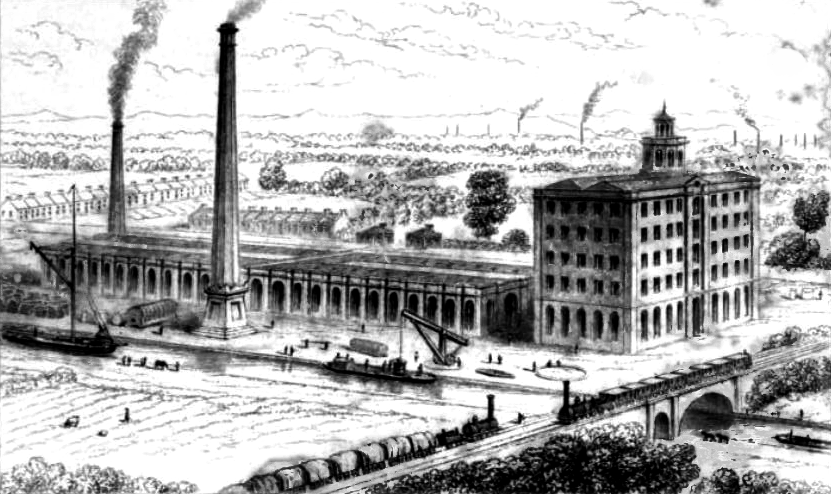It’s Time to Overhaul the Use Classes Order

Jennifer Ross, Director at Tibbalds, makes the case for revisiting the Use Classes Order at a time when the pace of change in the way we live, work and play within our cities shows no sign of slowing down.
Cast your mind back to 1987. The Channel Tunnel was given the go-ahead and the pop phenomenon that is Kylie entered the UK charts for the first time. It’s also when our Use Classes Order was last properly updated following a 1985 review.
That system replaced the 1972 order, which contained fabulous reminders of a bygone industrial age. Blood boiling, bone burning and maggot breeding were all removed and amalgamated into a far less evocative B1 class (even if planning authorities still uphold distinctions between respective sub-classes). This 1987 order has seen 14 revisions, but not yet been subject to a full review.
Just as we no longer need Dickensian industries, so a snapshot of society from 30 years ago is not helping to tackle today’s challenges.
The gig economy has changed everything; boundaries between living and working have blurred. We need to widen the scope of use classes to better cover these areas and the many ways they cross over.
Over 18 months my colleagues and I have come up against:
- Co-working including living accommodation – C1 or C3 or B1 with ancillary living or sui generis?
- Warehouses on an industrial estate being used by groups to live, work and create – not quite C3, not quite B1, a sort of co-living model. The process is ongoing and through discussion we are settling on a new concept – warehouse living – a sui generis use?
- An extra care facility with self- contained housing, a health spa, a restaurant and an element of extra care – C2, C3 or sui generis?
- Co-housing models with more than six individuals – not quite hostels or HMOs, but not C3 either. Default sui generis?
Couple this with debates on other Class C uses, including student housing, aparthotels / serviced flats and the growth of AirBnB – type short lets and the time is right to reassess the way to categorise property.
We are open to new forms of housing and have a pressing need for more, so let’s reduce uncertainty when it comes to deciding whether changes should engage with the planning system and how policies should be applied.
And this should not be done in isolation – a complementary set of building, fire and amenity rules should ensure the delivery of appropriate living and working accommodation. To avoid the confusion that arose in relation to live/work in the 1980s, a review of related taxation rates and mortgage lending criteria would help. And viability assessments need more flexibility. This could effect a shift that brings planning back to its key principles: creating good places for the people who need them.
This article was originally published in July 2018 issue of The Planner.
Related Updates

A step in the right direction

Tibbalds

Medium density housing – how to deliver greater choice

Tibbalds

Lizzie Le Mare speaking at the Housing Finance Conference 2025

Tibbalds
Stay In Touch
Sign up to our Newsletter
Subscribe to our newsletter to receive updates about making people friendly places.
